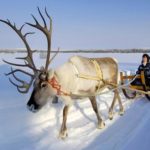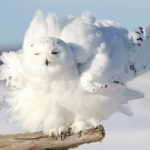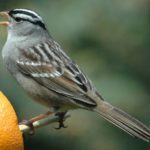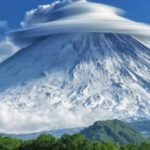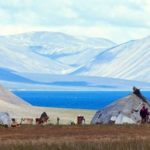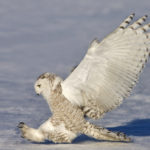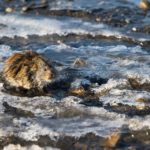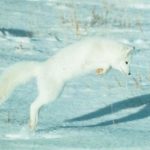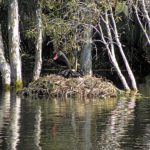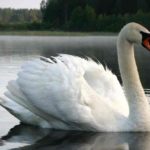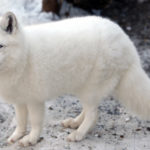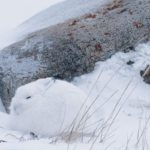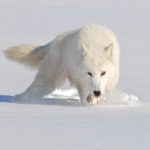Interesting facts about the tundra
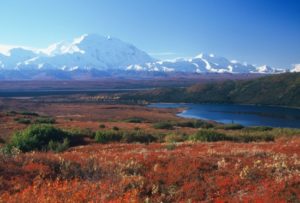 Tundra is the edge of a harsh and beautiful nature. A cold subarctic climate and never thawing permafrost prevent large trees from appearing here, and constantly blowing winds make vegetation cling to the ground. But can not you see the beauty in these cold lands?
Tundra is the edge of a harsh and beautiful nature. A cold subarctic climate and never thawing permafrost prevent large trees from appearing here, and constantly blowing winds make vegetation cling to the ground. But can not you see the beauty in these cold lands?
The Tundra is the only thing that separates the taiga forests from the polar regions chained with ice.
The content of carbon dioxide in the air of the tundra is higher than in other areas, since there is not enough vegetation to effectively neutralize it.
Despite the poorly presented flora, in the tundra there is enough living creature. Even deer are successfully living here, which have enough mosses and lichens for their food.
In the tundra, less rain falls than in hot sand deserts. But, unlike deserts, the moisture evaporates very slowly in the tundra, so it is not so dry here – on the contrary, there are enough swamps in the tundra.
Tundra is practically not mastered by man.
In summer, the temperature in the tundra rarely exceeds the mark of 10 degrees of heat (during the day). At night, the temperature often falls below zero.
The very word “tundra” came from the Finnish language, and it means “a treeless desert plain”.
The poverty of the plant world of the tundra is explained by the fact that the layer of fertile soils over permafrost is very thin here – basically its thickness does not exceed a dozen centimeters.
Winter in the tundra lasts about two-thirds of the year, that is, about eight months.
In the first half of winter in the sky above the tundra one can observe one of the most beautiful natural phenomena – the northern lights.
Plants of different species in the tundra huddle together to successfully resist the constant strong winds.
